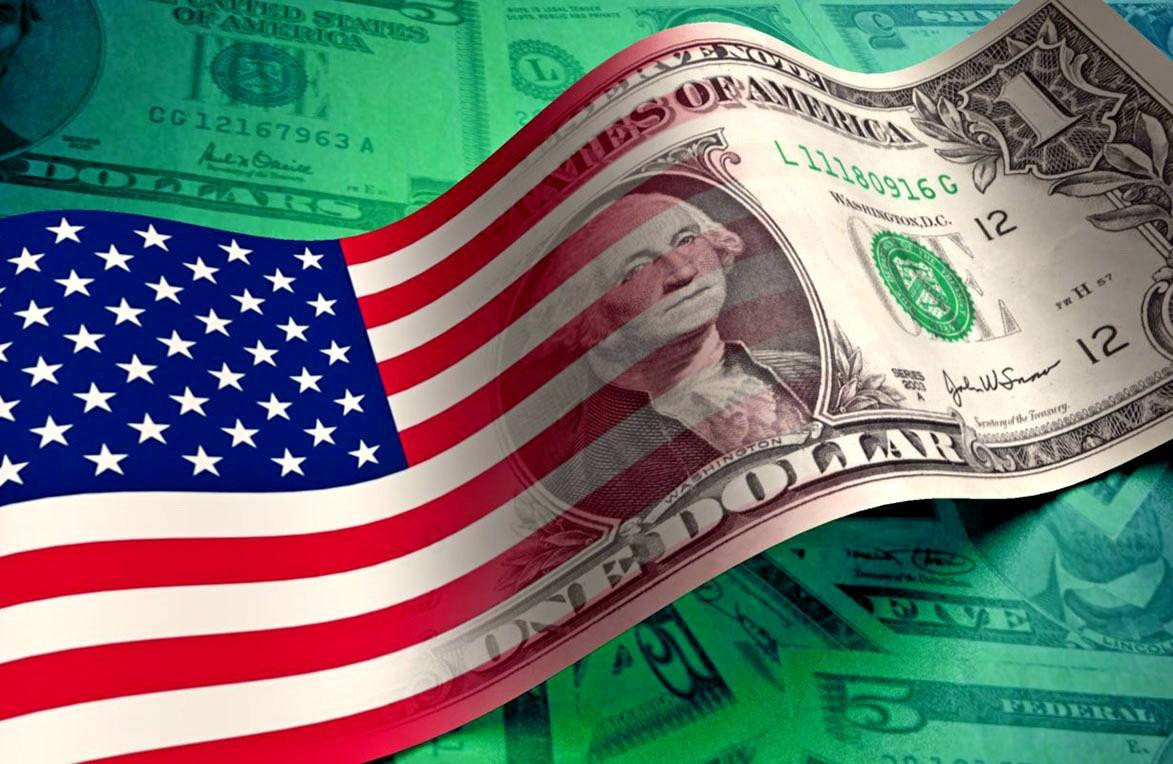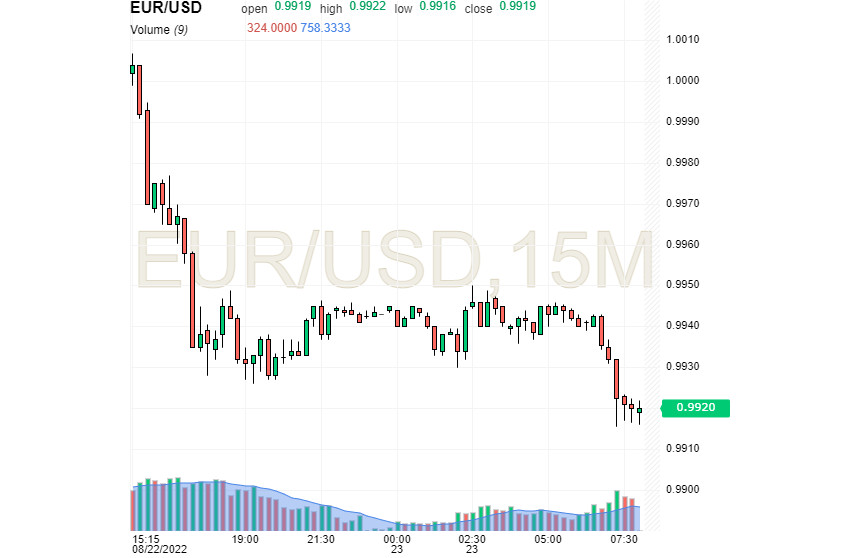
The markets are in suspense in anticipation of the US central bank meeting in Jackson Hole. The main topic of the upcoming event is the further dynamics of the key rate, the rise of which will significantly affect the US economy and the national currency.
According to a number of analysts, at the annual conference of heads of central banks and representatives of the financial world, which will be held on August 25-27, the topic of raising interest rates will be key. In terms of importance, it is equal to the issue of combating skyrocketing inflation, which is near a 40-year high. Federal Reserve Chairman Jerome Powell is expected to speak at the Jackson Hole symposium. Its outcome may be a revision of current decisions on the dynamics of the key rate. Most market participants are confident in its rise by 0.75 percentage points, while the rest - by 0.5 percentage points.
At the same time, many analysts expect the Fed to continue the current course of monetary policy. Market participants are also confident that the central bank will leave its strategy unchanged until inflation returns to the 2% target. However, according to experts, this is a double-edged sword. Sooner or later, inflation will return to normal, but the core and median indicators will not reach their target either in 2022 or 2023. This process requires much more time, analysts are certain.
According to economists, now it is useless to expect a reversal from the Fed. At present, all the efforts of the US and other central banks are aimed at fighting inflation, and this implies following the chosen course of monetary policy.
Against this background, the US currency remains stable and tries to grow. These attempts are most often successful, which cannot be said about the European currency. Strengthening the greenback is facilitated by the influx of investor funds into safe assets. At the same time, the euro has reached a low of over 20 years. The reasons are explosive energy prices and difficulties with economic growth in the eurozone. Market participants are preparing for a harsh winter in Europe, which is complicated by problems with the region's energy supply.
The euro fell against the greenback at the beginning of this week, again approaching parity. According to experts, the euro is at risk of slipping to the level of 0.9911 - a new 20-year low, if the yield of US government bonds recovers. In a similar situation, the EUR/USD pair will collapse to 0.9750 by the end of September. However, experts and market players hope to improve its dynamics, although these hopes are fading every day. The EUR/USD pair was trading near the low level of 0.9920 on Tuesday morning, August 23, throwing the markets into a gloom.

By now, the euro has rushed downward and is within the boundaries of a five-week low. According to experts, the single currency plunged amid fears about a further reduction in gas supplies to Europe and the intensification of the energy crisis. Earlier, at the end of last week, the EUR quickly returned to parity with the USD after discussions by some Fed representatives about a possible rate hike in September (by 0.75%).
The single currency briefly got a head start after statements by Isabelle Schnabel, a representative of the ECB's executive board, who allowed another rate hike in September (by 0.50%). Many analysts expect a short-term rise in the euro, which is able to regain lost ground if economic indicators in the US indicate that a recession is approaching. However, such a scenario is unlikely as recent months have seen inflationary pressures ease and economic confidence in the United States rise.
According to US employment reports and other important macroeconomic indicators, the US economy is far from recession. At the same time, some FOMC representatives express concerns about economic growth in the country and are skeptical about the slowdown in the rate of monetary policy normalization.
This week, the results of PMI in the manufacturing sector and the services sector of the euro area could add pressure on the EUR/USD pair. If these indicators worsen, the euro will again test the lows, experts are certain. An additional factor of pressure on the EUR will be the minutes of the European Central Bank's July meeting, which is expected to be published on Thursday, August 25. The euro's succeeding dynamics will depend on the greenback's reaction to economic data from the US, which will appear before the Fed's speech on Friday, August 26.
At the moment, experts admit the strengthening of hawkish sentiments not only among the US, but also among European central banks. Market participants expect the ECB to raise the key rate, although this is now unlikely. In this situation, the dollar, as always, is able to rise at the expense of the euro. The implementation of such a scenario is possible if the Fed raises interest rates in September 2022. Against this background, many experts consider the EUR/USD pair to be a time bomb, which remains "very heavy" and can fall below the parity level at any moment.





















